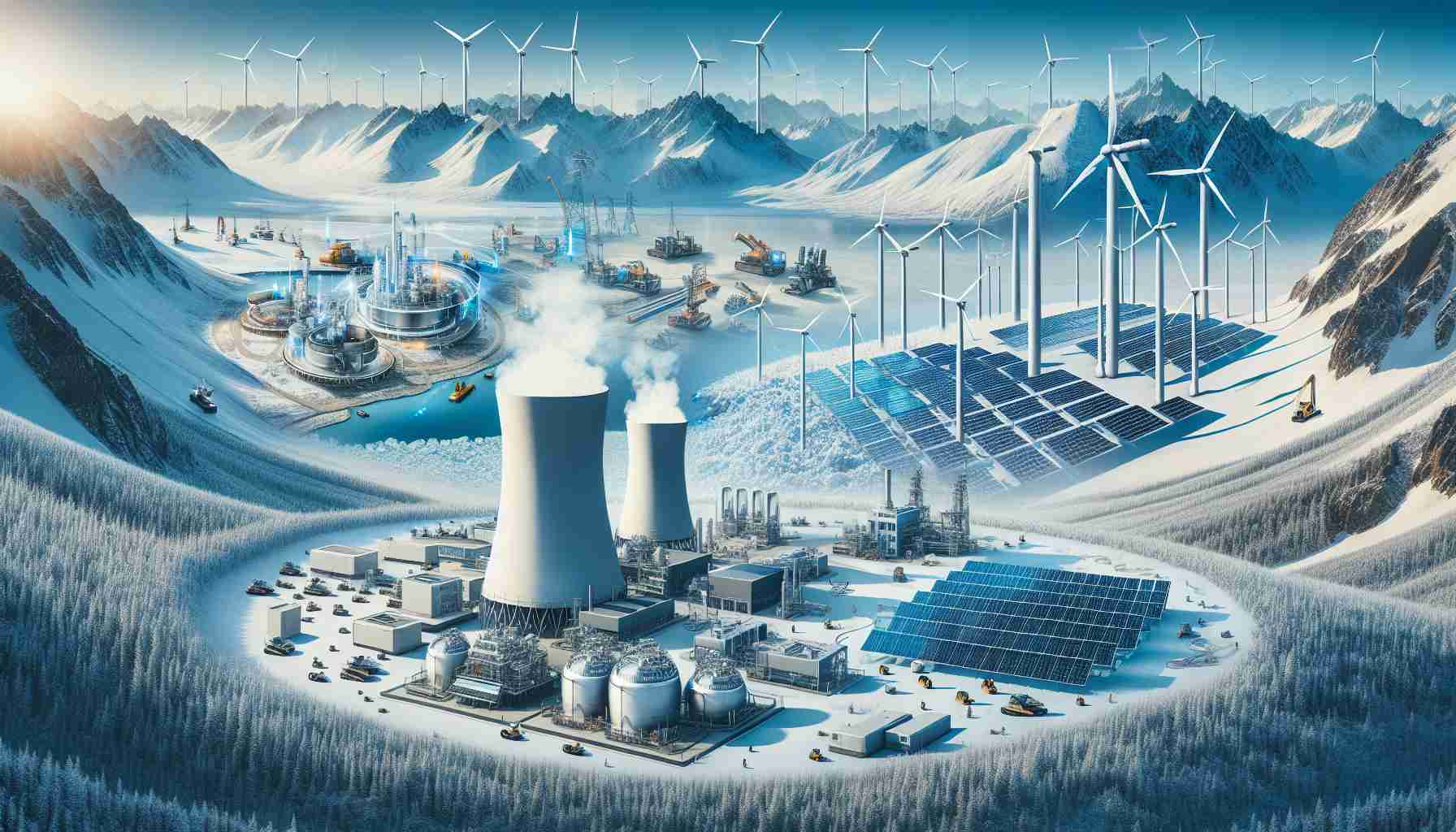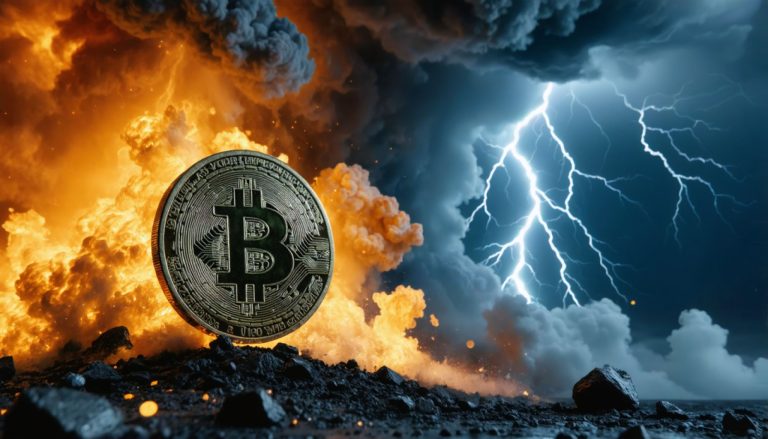
Alaska has long been a heavyweight in energy production, but its future now hangs in the balance. The state’s wealth of resources, including vast oil fields and plentiful natural gas, has been crucial for its economy. However, the looming threat of dwindling supplies and environmental concerns has spurred the search for innovative solutions.
In recent years, Alaska has started exploring cutting-edge energy alternatives, such as hydrogen production and underground energy storage. While fossil fuels remain the cornerstone of the state’s energy landscape, the push towards sustainable sources is gaining momentum. The discovery of significant oil reserves in the late 1960s, such as those in the Prudhoe Bay area, previously defined Alaska’s energy prosperity, but current challenges are reshaping the narrative.
The ambitious project to build a natural gas pipeline spanning 800 miles has continuously faced setbacks, primarily due to staggering costs exceeding $10 billion. In light of these hurdles, stakeholders are urging Alaska to investigate alternative sources of natural gas while also pivoting toward renewable energy.
The state boasts ample renewable resources, making it an ideal candidate for hydrogen development. Harnessing wind, solar, and geothermal energy could enable Alaska to convert surplus power into hydrogen, addressing the challenge of energy storage during peak seasons.
With innovative underground solutions on the horizon, Alaska is aiming for energy independence and a greener future. As the state navigates this transformative phase, its ability to adapt and innovate could establish it as a leader in hydrogen production and storage.
Alaska’s Energy Evolution: From Fossil Fuels to Future Alternatives
The Energy Landscape of Alaska
Alaska has historically been a formidable player in the energy sector, leveraging its extensive resources to bolster its economy. The state is rich in oil and natural gas, especially highlighted by the discoveries in the Prudhoe Bay region during the late 1960s. However, as these resources face depletion and environmental challenges emerge, Alaska is poised at a crucial crossroads, necessitating a shift toward sustainable energy solutions.
Innovations and Alternatives in Energy Production
Hydrogen Development
The state is increasingly turning its focus to hydrogen production as a viable alternative to fossil fuels. The geographic and climatic conditions in Alaska present unique opportunities for harnessing renewable energy resources. By tapping into potential wind, solar, and geothermal energy, Alaska aims to convert excess renewable power into hydrogen, which serves both as a versatile fuel source and a means of energy storage.
Underground Energy Storage
Another promising initiative involves the exploration of underground energy storage solutions. This innovative approach addresses the challenge of storing excess energy generated during peak times and could play a pivotal role in stabilizing energy supply as the state transitions toward greener alternatives.
Current Challenges and Future Prospects
Natural Gas Pipeline Setbacks
One of the significant hurdles Alaska faces is the ongoing setbacks in the natural gas pipeline project intended to stretch over 800 miles. Initially projected to exceed costs of $10 billion, the pipeline’s feasibility is being re-evaluated. Stakeholders are now advocating for alternative sources of natural gas alongside a more pronounced investment in renewable energy resources to secure the state’s energy future.
Pros and Cons of Alaska’s Energy Transition
Pros
– Sustainability: The shift towards renewable energies aims to reduce the environmental footprint of energy production.
– Economic Diversification: Embracing hydrogen and other renewables can insulate the economy from the volatility of oil prices.
– Energy Independence: By developing local energy sources, Alaska could reduce its reliance on external suppliers.
Cons
– High Initial Investment: Transitioning to new energy sources requires substantial upfront capital and long-term planning.
– Technological Challenges: The development of efficient and scalable hydrogen production and storage technologies is still in its infancy.
– Market Competition: Competing with established fossil fuel markets and renewable sectors in other regions poses a challenge.
Market Trends and Predictions
The energy market is increasingly leaning towards sustainable and innovative solutions, and Alaska’s focus on hydrogen production and underground storage mirrors broader global trends. As pressure mounts to meet climate goals, innovations in energy technologies could redefine Alaska’s role in both regional and global energy markets.
Conclusion
As Alaska navigates its complex energy landscape, the state has the potential to emerge as a leader in hydrogen production and renewable energy storage. The success of this transition hinges on its willingness to adapt to changing demands and invest in innovative solutions, which could set a precedent for other resource-rich regions facing similar challenges.
For more insights on Alaska’s energy initiatives, visit Alaska Government.



